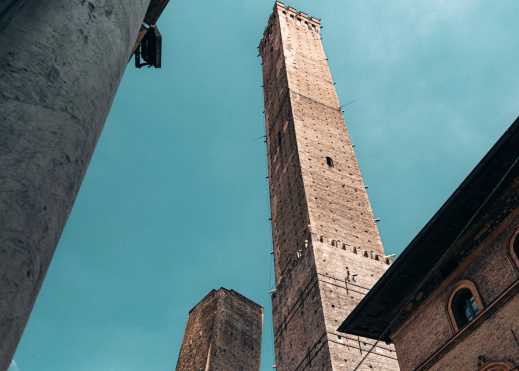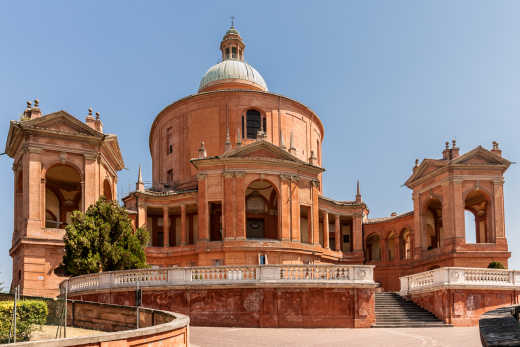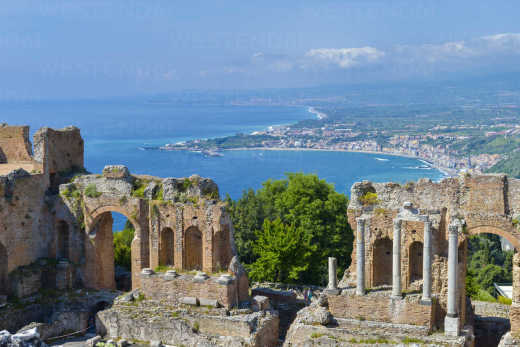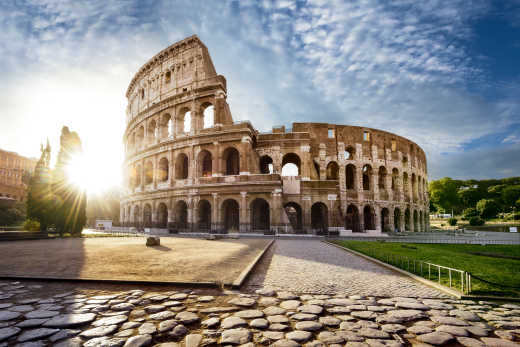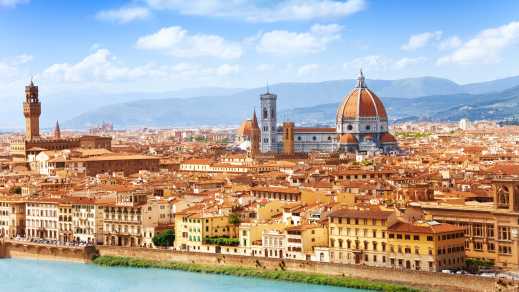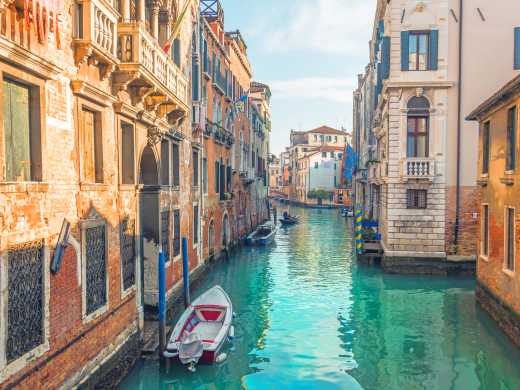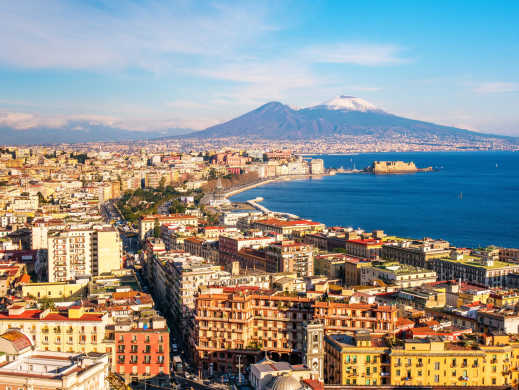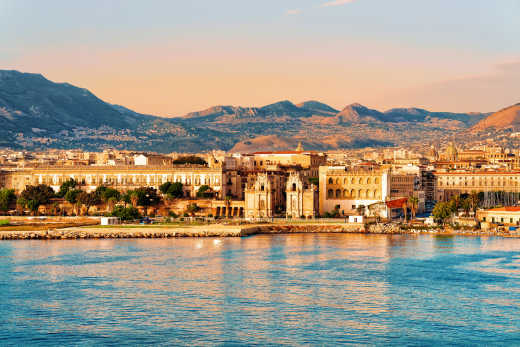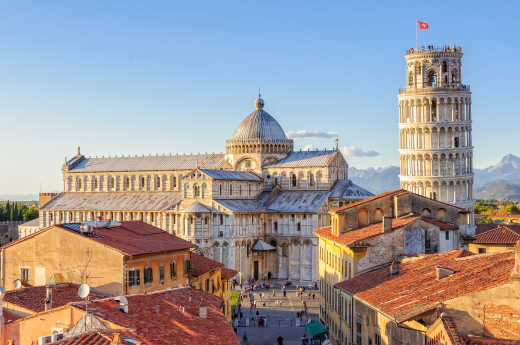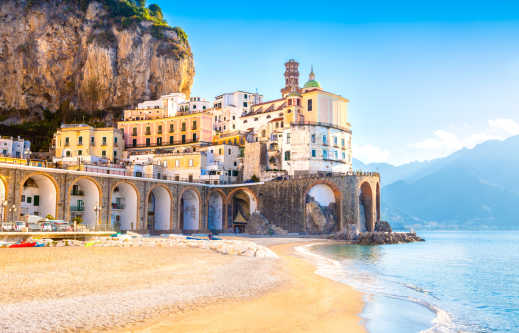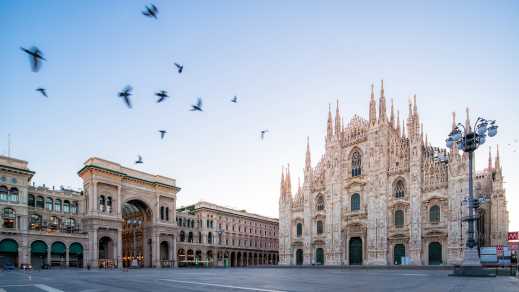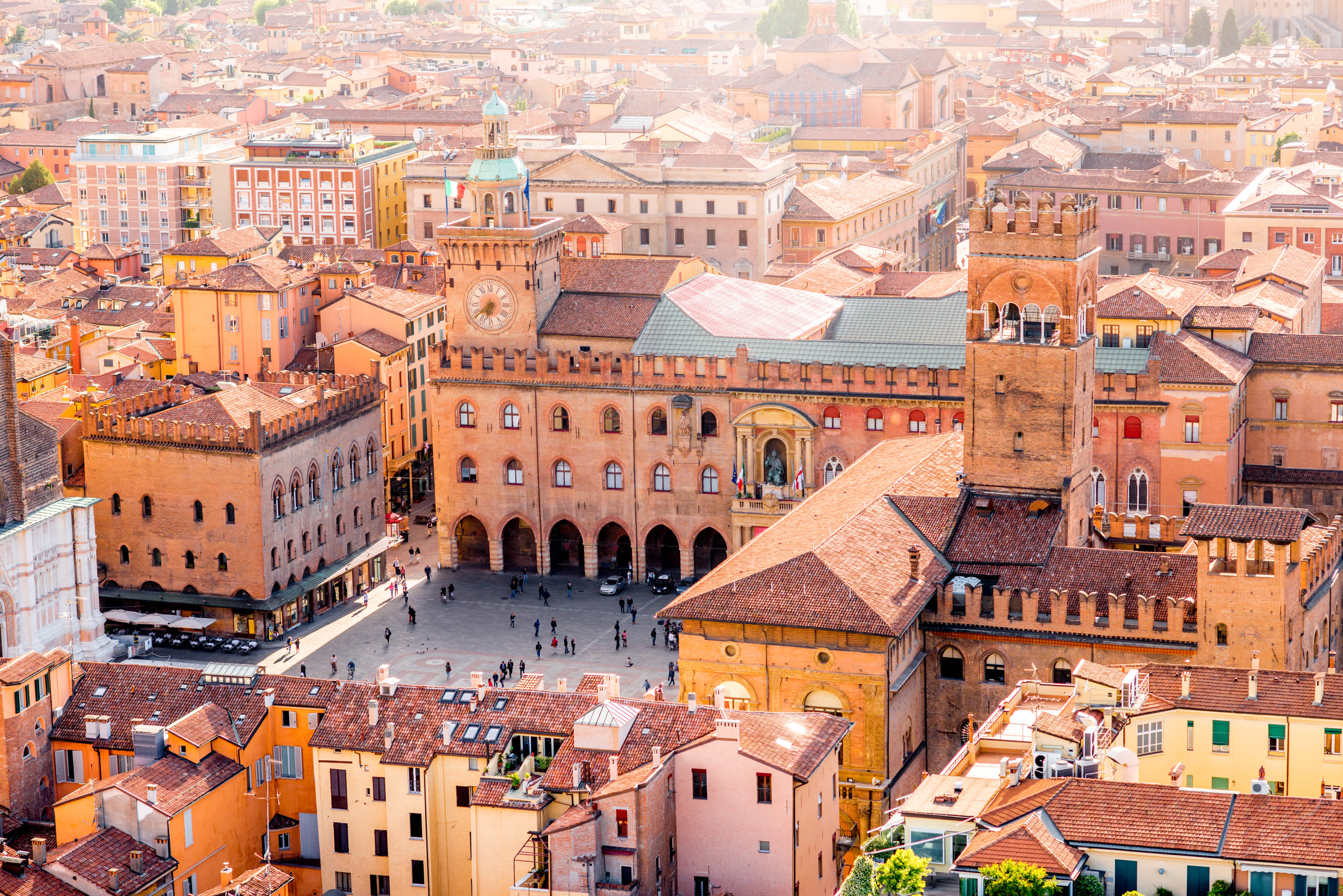
Bologna Tours
The top sights, highlights, tours & travel itinaries curated by our Travel Experts.
- Destinations
- Europe
- Italy
- Bologna
Our Expert Tips for Your Bologna Tour
Bologna is considered the culinary centre of Italy and, in addition to regional specialities and a diverse gastronomic scene, attracts visitors with a rich cultural heritage. The city in the heart of Emilia-Romagna is known for its magnificent arcades. Almost 25 miles of arcades run through Bologna. Enjoy the fantastic view from the Torre Degli Asinelli or visit the church Santuario della Madonna di San Luca, perched on a hill above the city. With Tourlane you can book your flights, transfers, accommodation and guides - all in one place! Our travel experts will create your perfect tour package according to your tastes and preferences.
![Europe Italy Bologna Piazza Maggiore Discover Piazza Maggiore on a Bologna trip]()
Piazza Maggiore
Lively square with cafés and important buildings
![Europe Italy Bologna Towers View of the towers of Bologna - worth seeing during a trip to Bologna]()
Towers of Bologna
Medieval towers and landmarks
![Europe Italy Bologna Madonna di San Luca View of the Madonna di San Luca - a must on a trip to Bologna]()
Madonna di San Luca
Baroque church on a hill at the gates of Bologna
What to See During Your Bologna Tour?
1. Piazza Maggiore
Piazza Maggiore is the largest square in Bologna's old town and a popular meeting place, originating as a market square in the 13th century. The so-called "heart of the city" is surrounded by important medieval buildings: The Basilica of San Petronio, the Palazzo dei Notai, the Palazzo d'Accursio, the Palazzo del Podestà and the Palazzo dei Banchi. Numerous cafés and restaurants in Piazza Maggiore invite you to linger and watch the hustle and bustle.
2. Rowers of Bologna
From far away you can see the two towers Torre Degli Asinelli and Torre Garisenda. They are located in the middle of the old town and are considered Bologna's landmarks. Built in the Middle Ages with a military function, they also represented the prestige of the family that commissioned the construction of the towers. The Torre Degli Asinelli is the only tower open to the public. Nearly 500 steps lead up to the top. Once at the top, you'll be rewarded with a breathtaking view of the city.
3 Santuario della Madonna di San Luca
The church Santuario della Madonna di San Luca is located high up on the Colle della Guardia hill just outside the city. The Baroque-style sanctuary was built in 1723 and has been steadily expanded over the centuries. From downtown Bologna, the nearly four-kilometer-long Portico di San Luca archway leads to the church. From here you can enjoy a magnificent view of the surrounding countryside and Bologna.
4. Fountain of Neptune
The Fountain of Neptune was created between 1563 and 1566 by the Flemish sculptor Jean de Boulogne, called Giambologna, and by Tommaso Laureti, called the Sicilian, and is located in the old town of Bologna. The fountain is known as "the Giant" by the inhabitants of the city.
5. Basilica of San Petronio
The Basilica of San Petronio is located in Piazza Maggiore and is the largest and most important church in Bologna. At the end of the 14th century Antonio Di Vincenzo was commissioned to build the church in Gothic style, dedicated to the patron saint of the city. Over the centuries, the basilica has undergone many renovations and additions. However, the façade remains unfinished to this day. Less
Other Places to Visit During Your Tour
TourlaneCare


